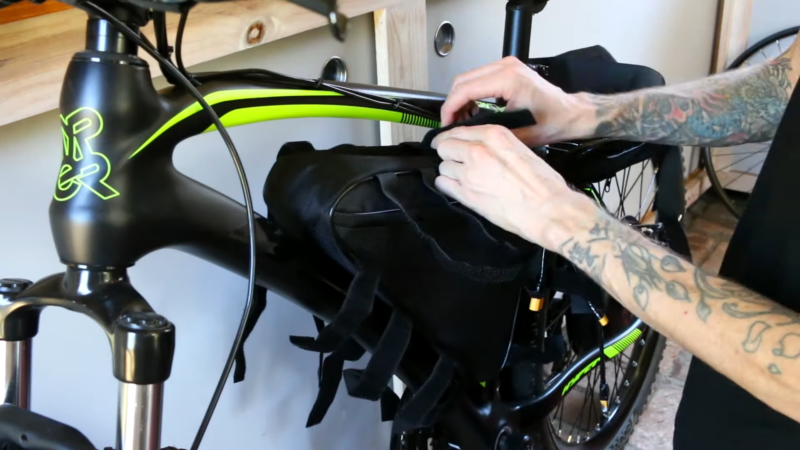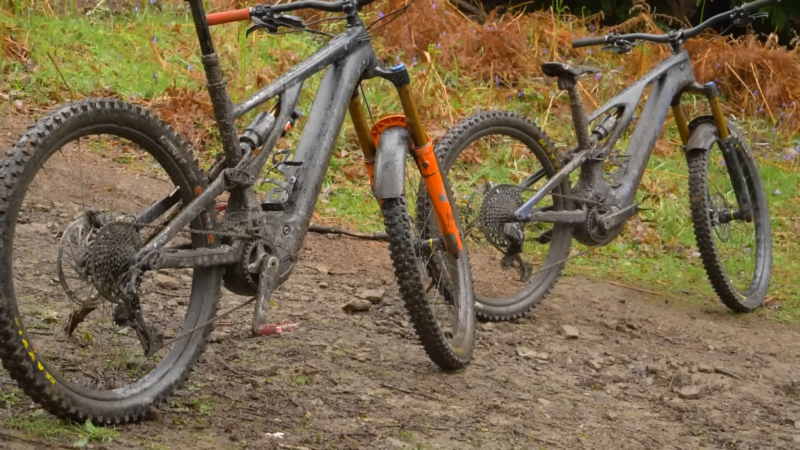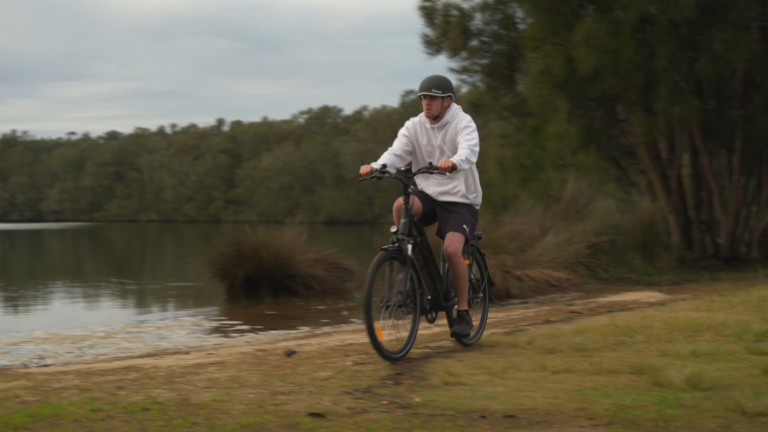Electric bikes, commonly known as e-bikes, have surged in popularity, offering a blend of traditional cycling and motor-assisted speed. When you’re in the market for one, knowing what to look for can be overwhelming.
This article will guide you through the key factors to consider, ensuring you select the ideal electric bike for your needs.
Understanding E-Bike Types

E-bikes come in various styles, each designed for specific purposes. You’ll encounter options like city bikes, mountain bikes, folding bikes, and even cargo bikes.
City bikes are great for urban commuting, featuring a comfortable, upright riding position. Mountain e-bikes, on the other hand, are built for off-road adventures, equipped with robust frames and suspension.
Folding e-bikes offer portability and are ideal for mixed-commute riders. Cargo e-bikes can carry heavy loads, perfect for those needing to transport goods. If you need help deciding on an e-bike suitable for your needs, take a look at Engwe.
Motor Placement and Power
E-bike motors come in two main types: hub motors and mid-drive motors. Hub motors are integrated into either the front or rear wheel, while mid-drive motors are mounted near the bike’s pedals, distributing weight evenly and offering a more natural riding feel.
When considering power, look at the motor’s wattage. A higher wattage means more power, which is particularly useful for climbing hills or carrying heavy loads. However, remember that more power can also mean less battery life.
Battery Capacity and Range
The battery is a critical component of an e-bike. Its capacity, measured in watt-hours (Wh), determines how far you can go on a single charge. A larger battery will provide a longer range but can also increase the bike’s weight and cost.
Consider your typical riding distance and whether you have the opportunity to charge the bike during the day. Also, check how easily the battery can be removed for charging or replacement.
Frame Material and Design

E-bikes are available in various frame materials, including aluminum, steel, and carbon fiber. Aluminum frames are lightweight and corrosion-resistant, making them a popular choice.
Steel offers durability and a comfortable ride, while carbon fiber is the lightest but also the most expensive. The design of the frame should also match your riding style and comfort level. For instance, a step-through frame can be more convenient if you’re frequently stopping and starting in city traffic.
Braking Systems
Reliable brakes are vital for safety, especially since e-bikes can reach higher speeds than traditional bikes. There are two main types of brakes: mechanical disc brakes and hydraulic disc brakes.
Mechanical disc brakes are simpler and easier to maintain but might require more hand strength to operate. Hydraulic disc brakes offer superior stopping power with less effort and are better for longer descents and wet conditions.
Suspension for Comfort and Control
Suspension improves ride comfort and control, particularly on uneven surfaces. Front suspension forks are common in many e-bikes, cushioning the impact on the front wheel.
Full-suspension models, with both front and rear suspension, are ideal for off-road riding. However, suspension can add to the bike’s weight and maintenance needs. If you’re primarily riding on smooth roads, a model without suspension might suffice.
Gearing and Control

The gearing system on an e-bike affects how easy it is to pedal, especially when the motor is off or in low-assist mode. More gears offer a wider range of options for different terrains.
Also, consider the control system of the e-bike. Most models come with a display showing battery life, speed, and other important information. Some also include different levels of pedal assist, which you can adjust according to your needs.
Accessories and Customization
Many e-bikes come with useful accessories like lights, fenders, and racks. Check what’s included with your bike and what needs to be purchased separately.
Additionally, consider how customizable the bike is. Can you add a basket, panniers, or a child seat? If these additions are important to you, make sure the bike can accommodate them.
Warranty and Service
Finally, consider the warranty and service options. A good warranty can give you peace of mind, covering parts like the frame, motor, and battery for a certain period. Also, think about where you’ll get your bike serviced. Local bike shops familiar with e-bikes are ideal, as they can offer expert advice and timely repairs.
Safety Features

Given their higher speeds and unique characteristics, safety on e-bikes cannot be overstated. Look for models with integrated lights, reflective materials, and audible signals like bells or horns.
Additionally, consider an e-bike with advanced safety features like ABS (Anti-lock Braking System) or traction control, especially if you plan to ride in varied weather conditions or terrains.
Connectivity and Smart Features
The integration of technology in e-bikes has led to features like GPS tracking, anti-theft systems, and even smartphone connectivity for navigation and fitness tracking. While not essential for everyone, these features can enhance your riding experience, particularly for those who value data and connectivity.
Environmental Impact and Efficiency
E-bikes are an eco-friendly alternative to motor vehicles, but their environmental impact varies. Consider the efficiency of the bike’s motor and battery, and look into the manufacturer’s practices regarding sustainability.
Some companies are committed to reducing their carbon footprint, using recyclable materials, and offering battery recycling programs.
Test Rides and Reviews

Before making a final decision, it’s wise to take a few models for a test ride. This hands-on experience can reveal a lot about the bike’s performance, comfort, and suitability for your needs.
Additionally, seek out reviews and feedback from current e-bike owners, especially those with similar riding habits and preferences. Their insights can be invaluable in making an informed choice.
Final Thoughts
Choosing the right electric bike is a journey that blends personal needs, riding style, and practical considerations. It’s about finding a balance between functionality, comfort, and enjoyment.
The perfect e-bike for you should inspire confidence, provide the necessary performance, and most importantly, bring joy to your rides.
Related Posts:
- Does It Snow In Colorado? A Closer Look at A Perfect…
- Do I Need Snow Plow Insurance? Tips for Protecting Your Ride
- Does It Snow In Iran? Carpet Ride or Sleigh Slide?
- What Do Colleges Look for in Essays: 11 Tips for…
- What Dosage of CBD Oil Is Best for Sleep? Tips for…
- Does It Snow In Perth, Australia? You Might Have to…







